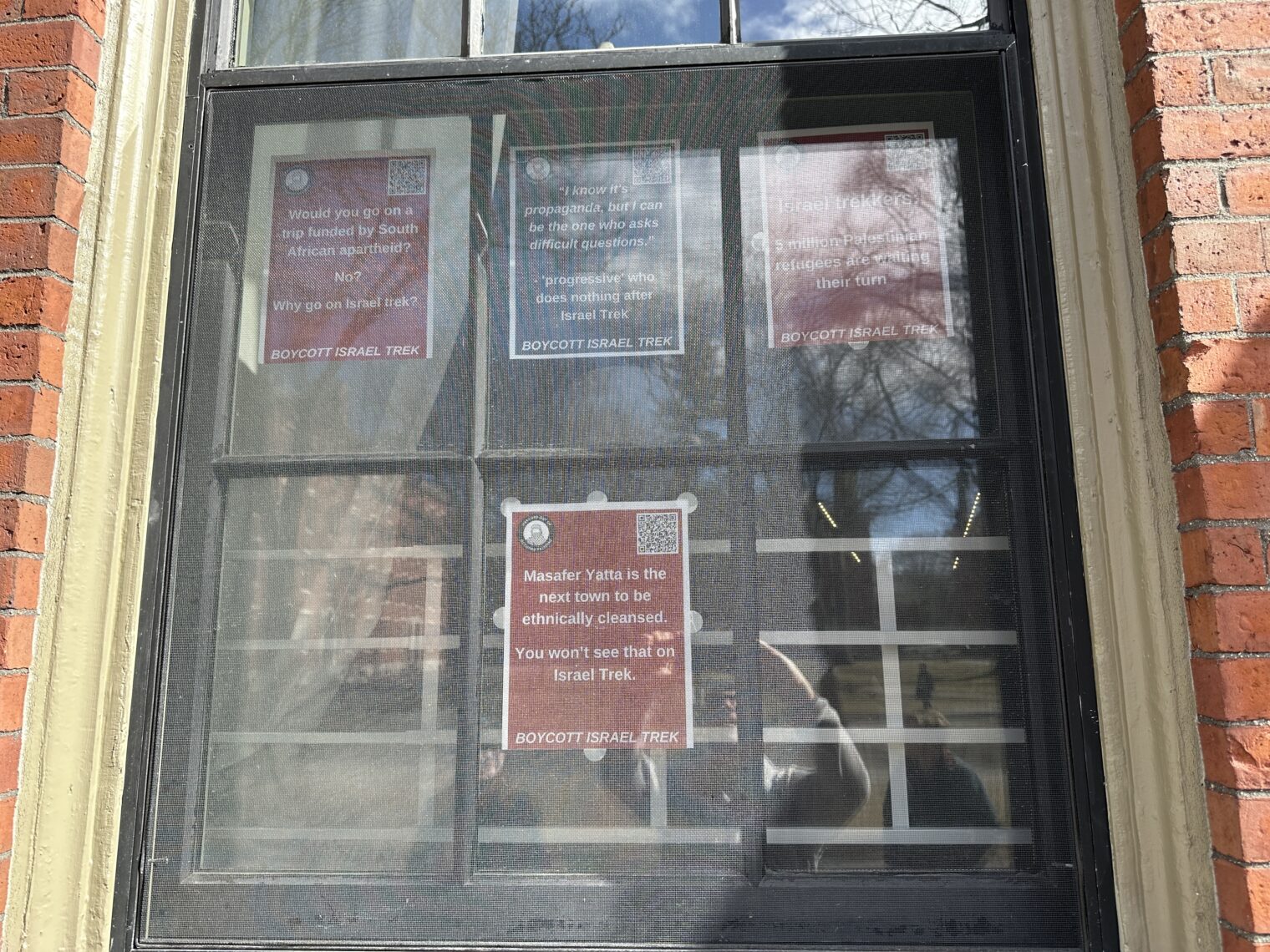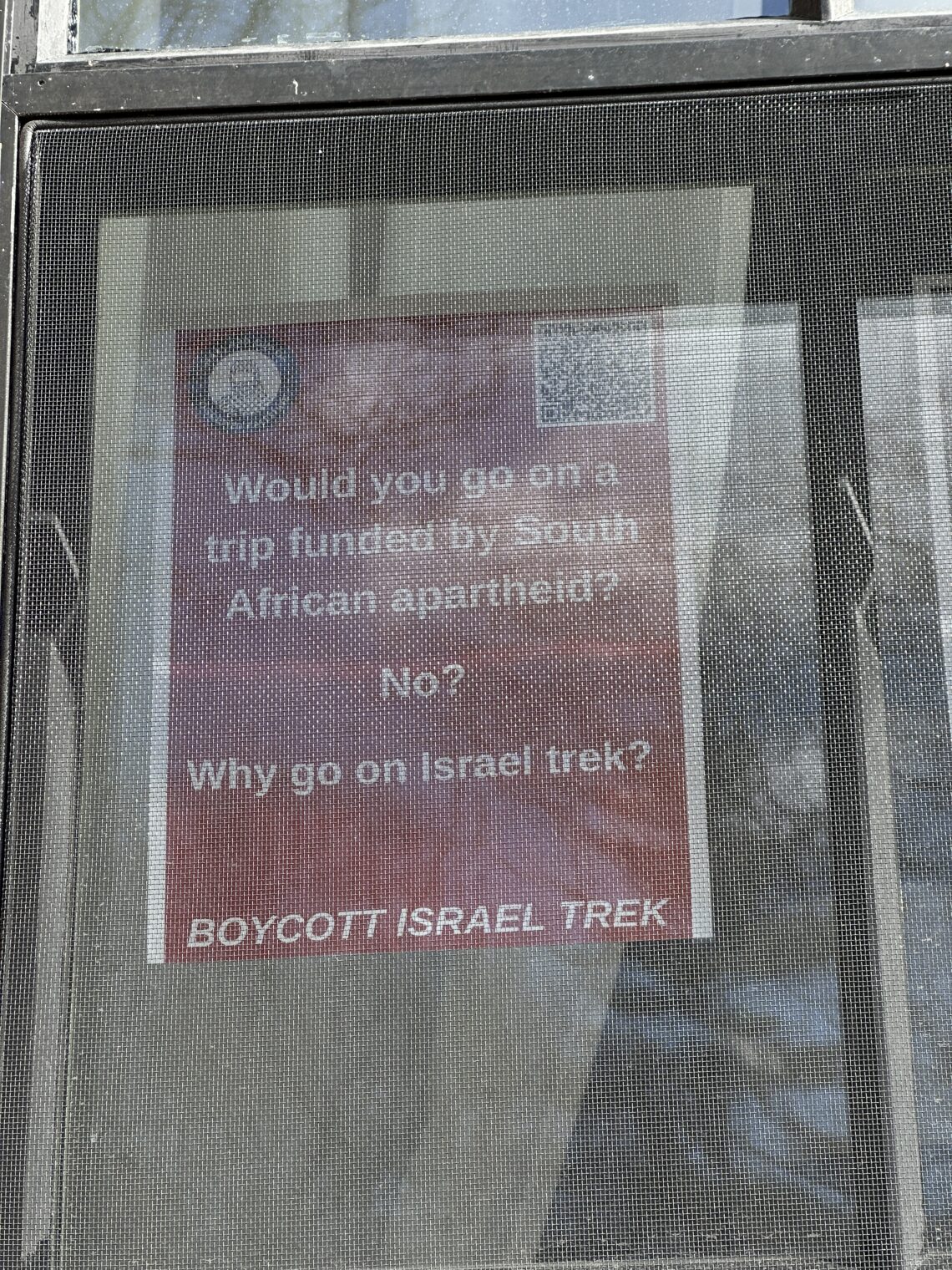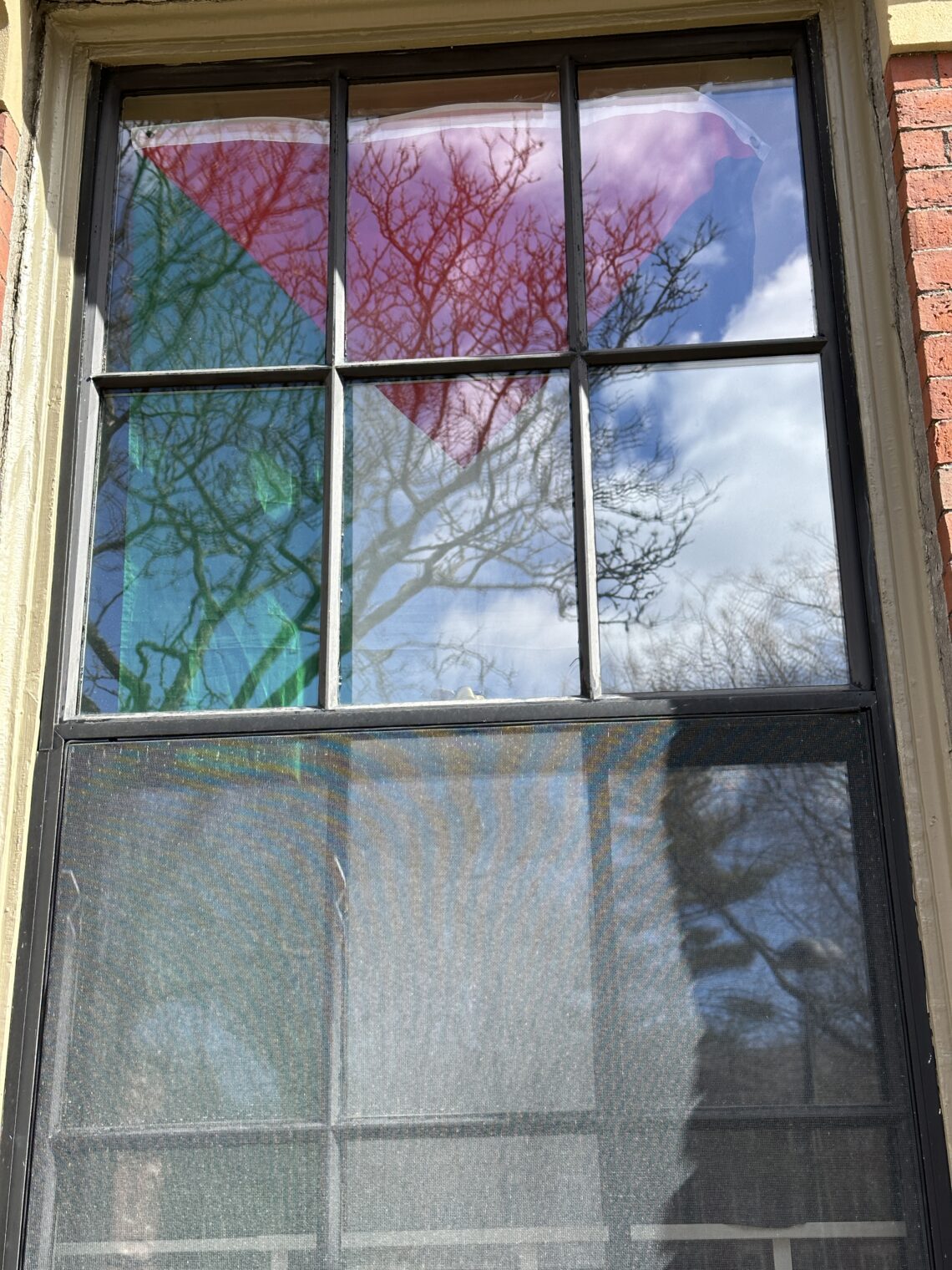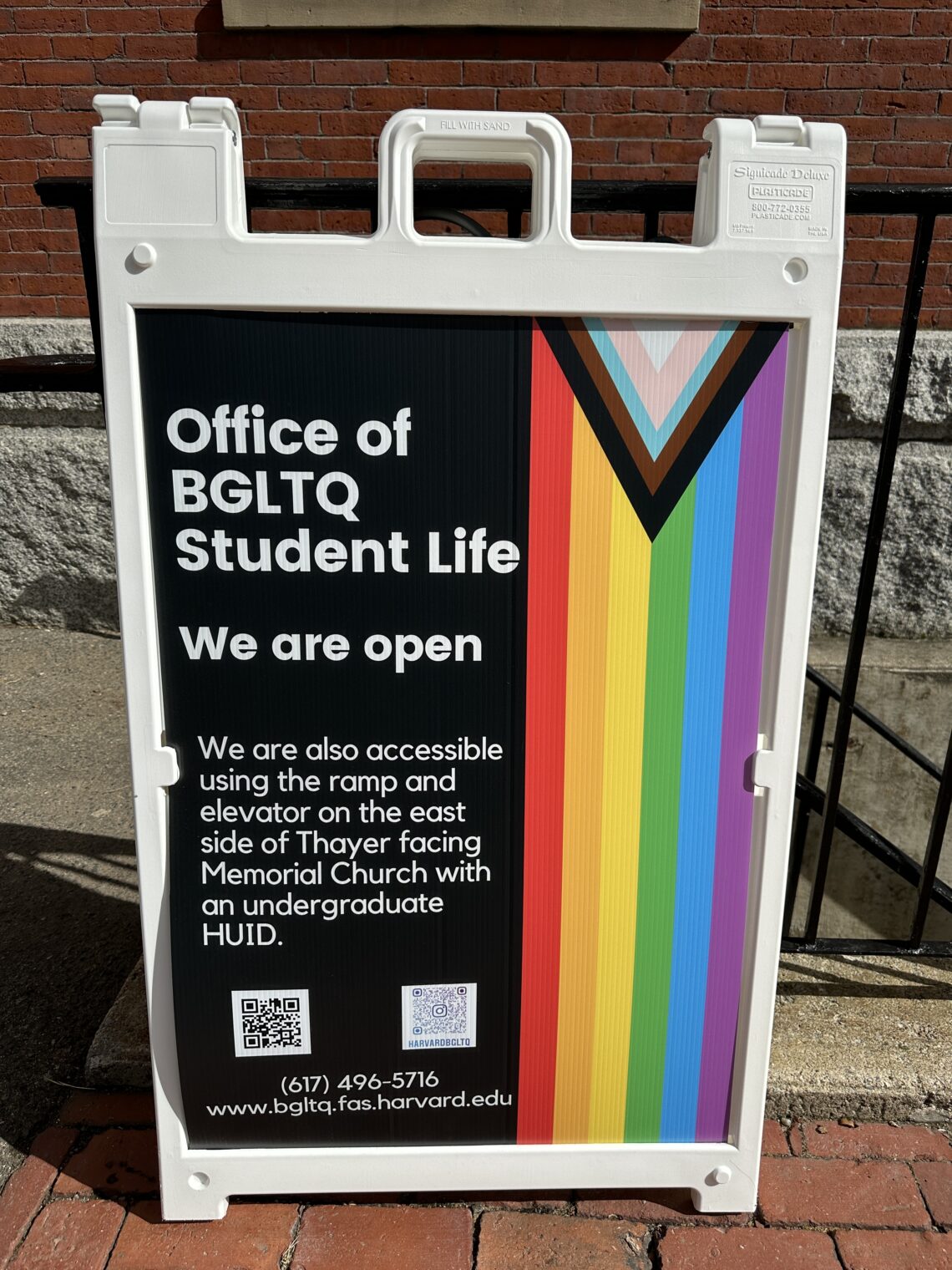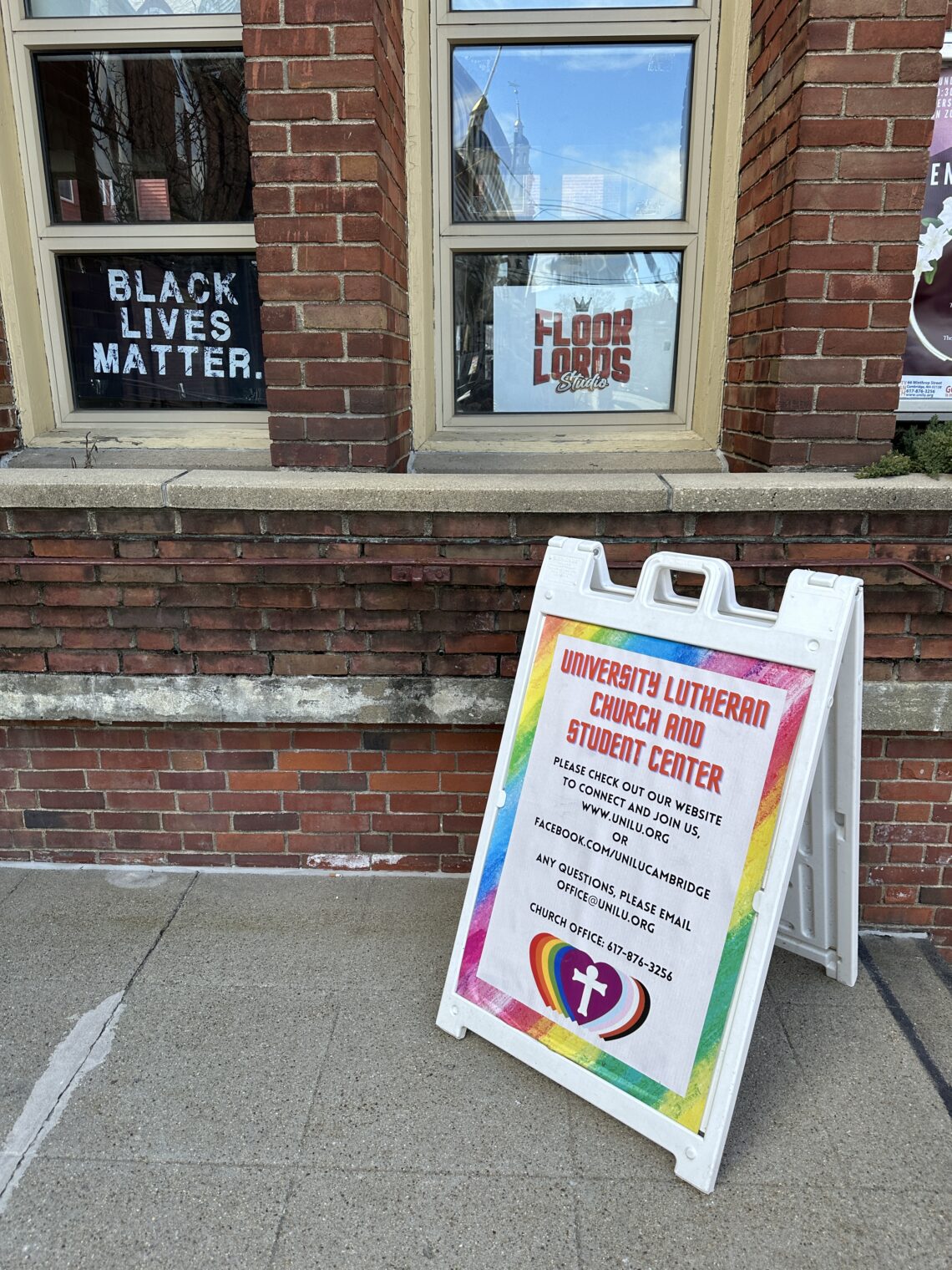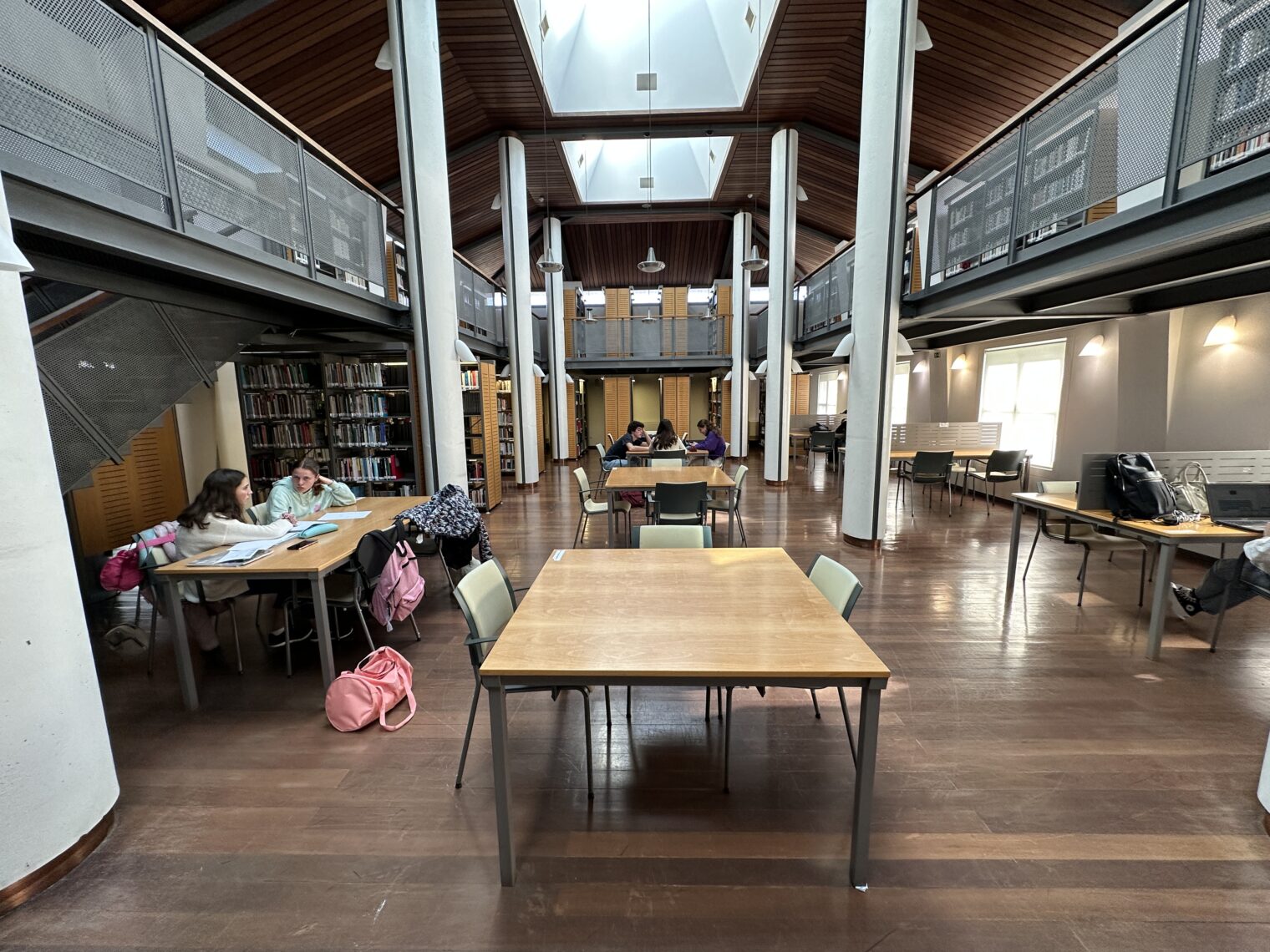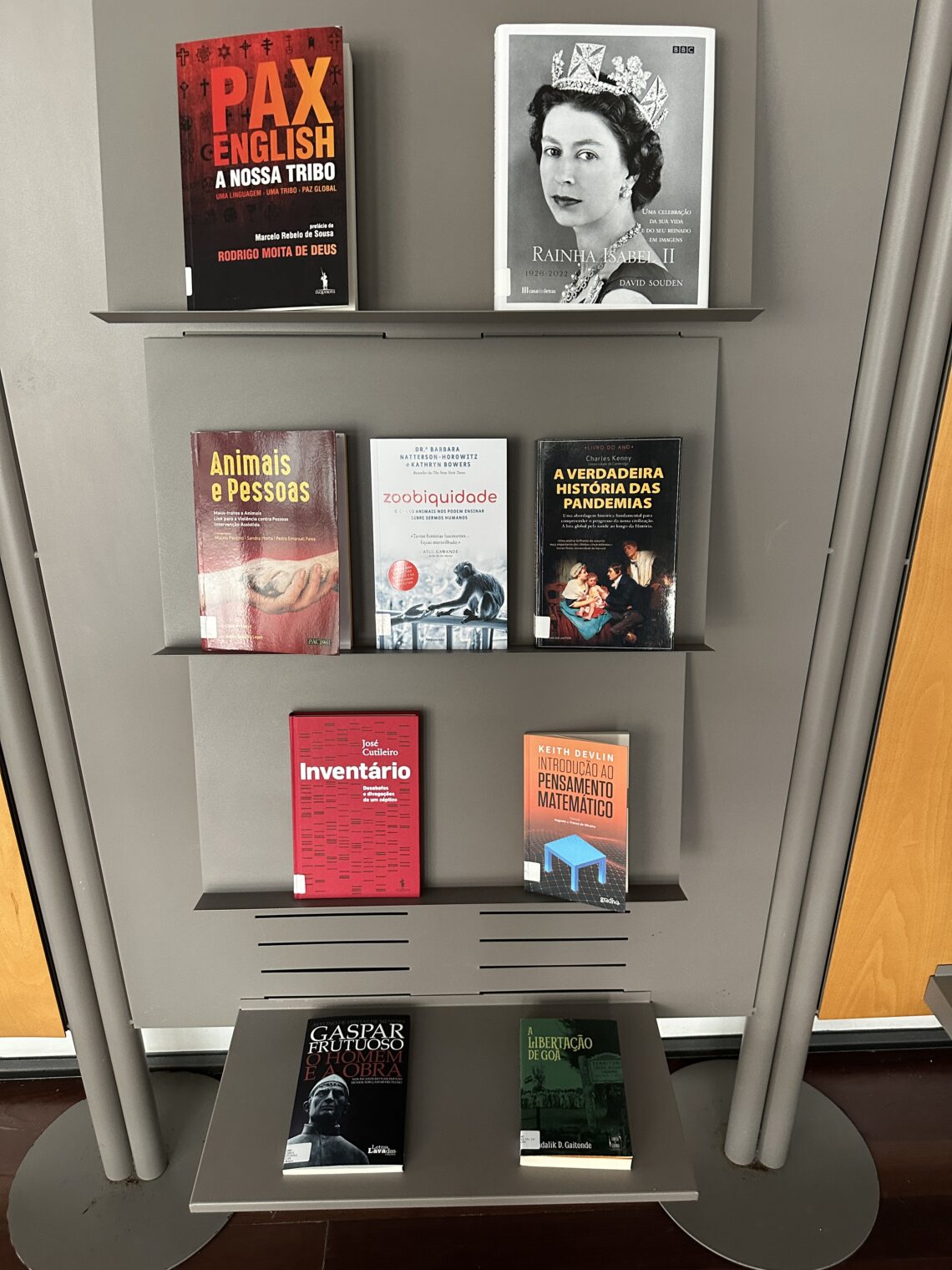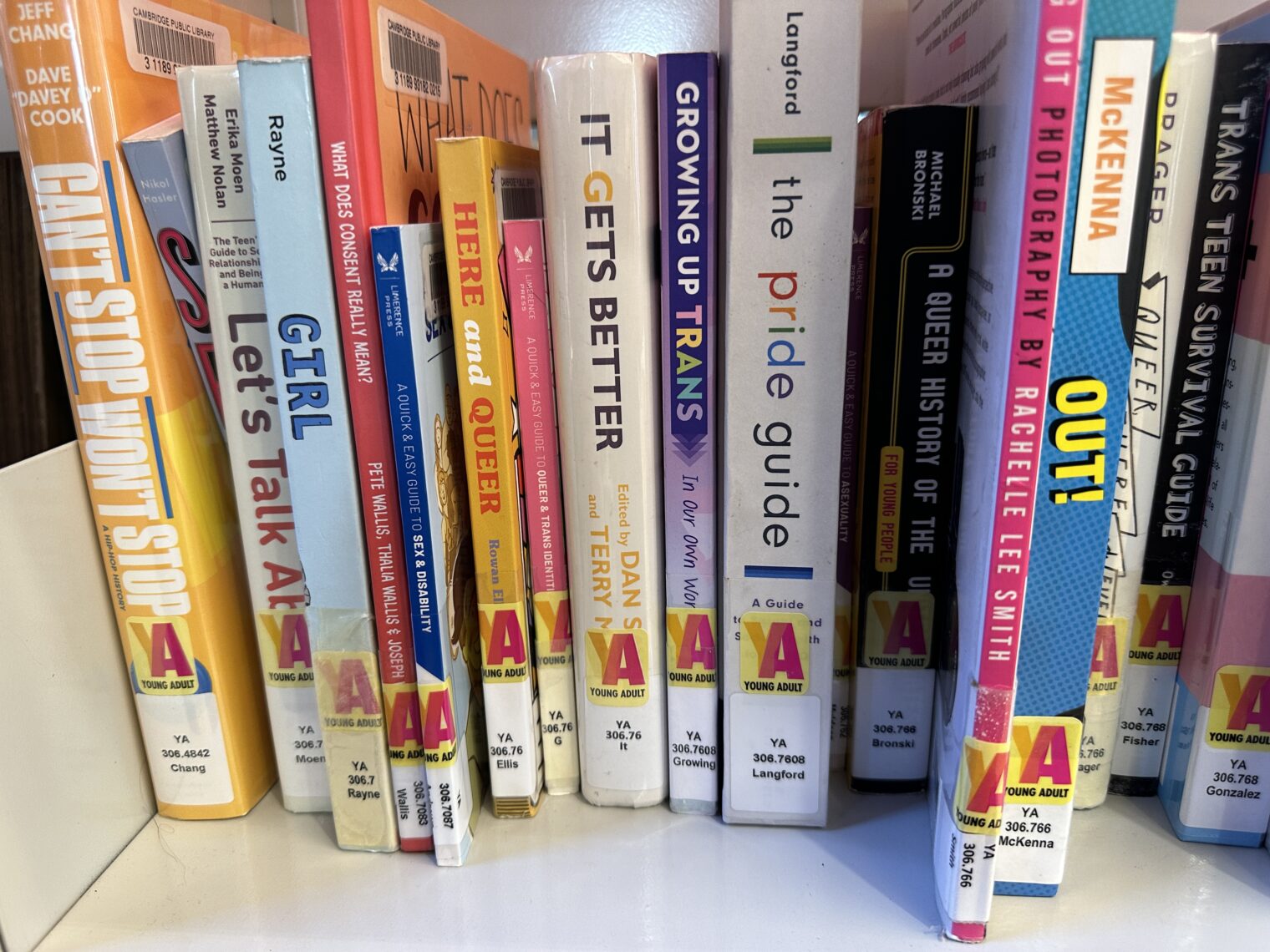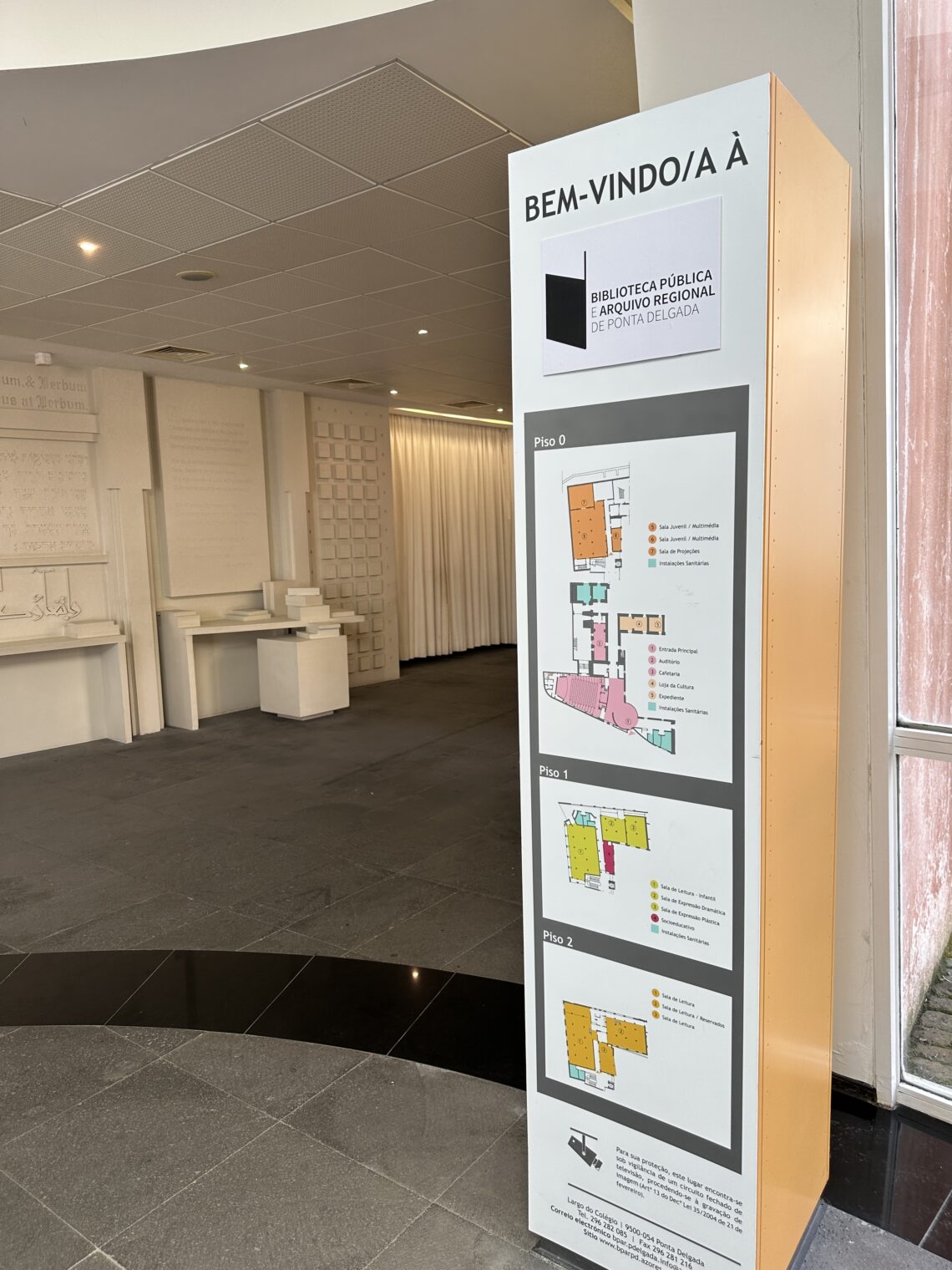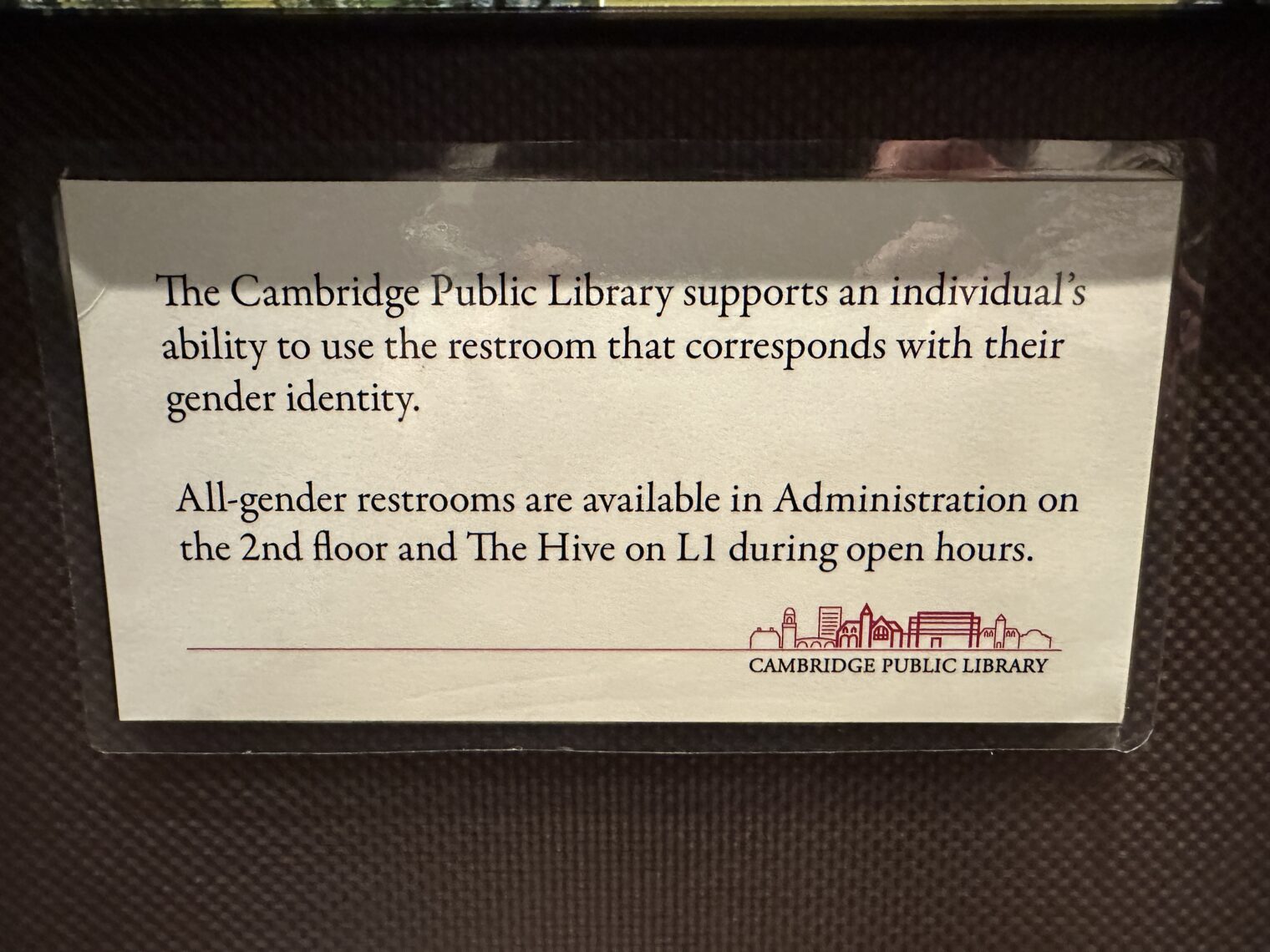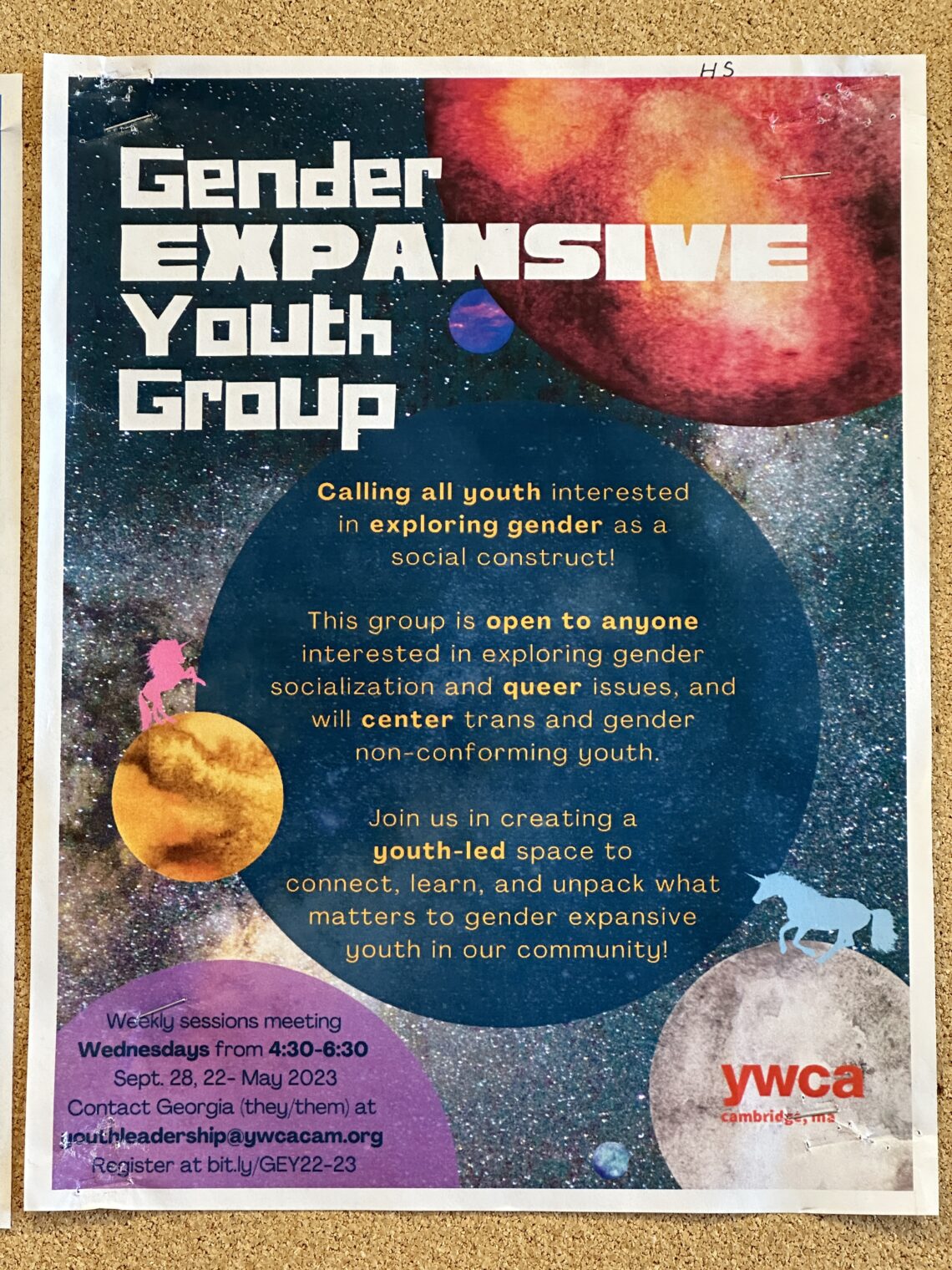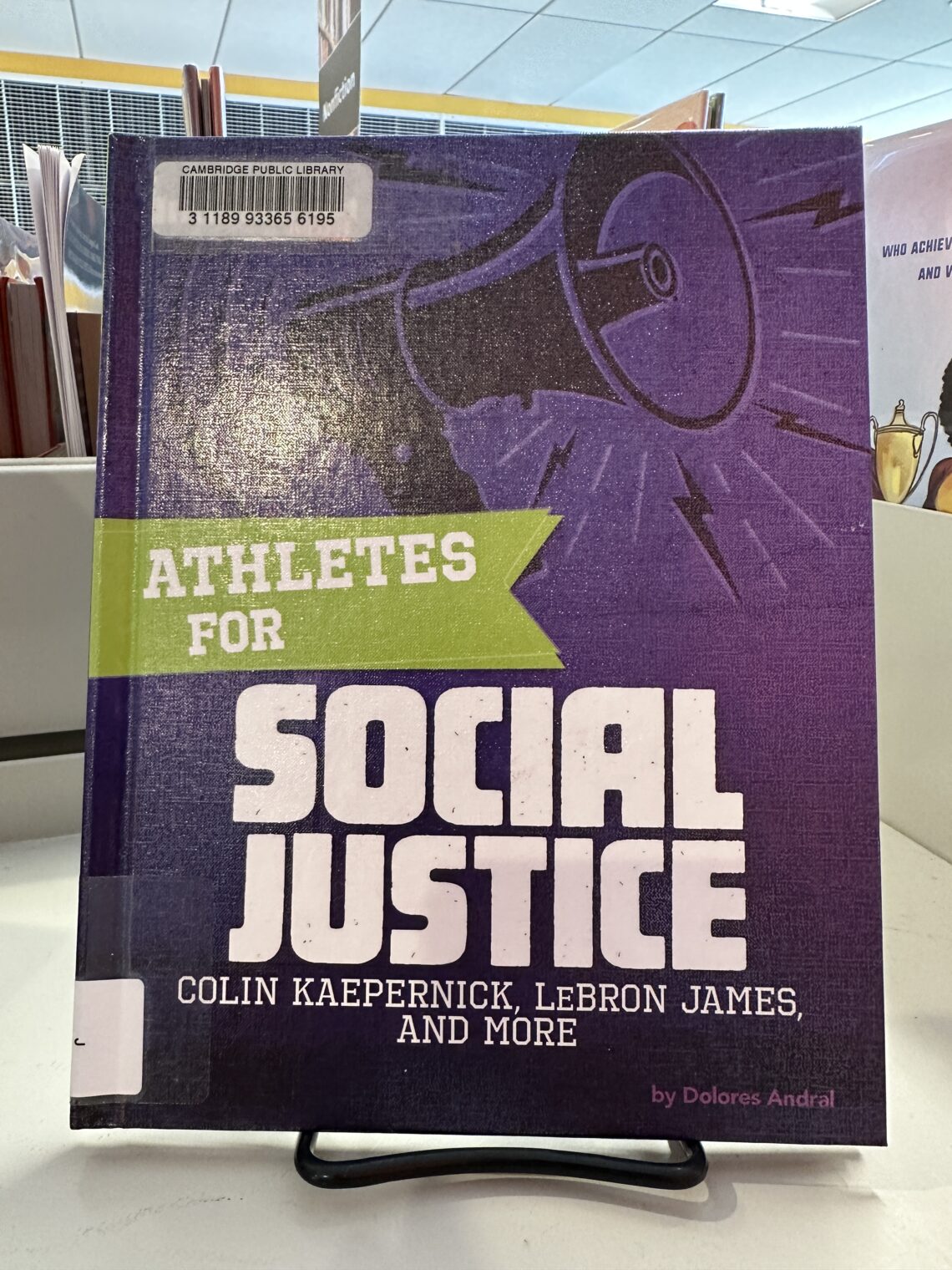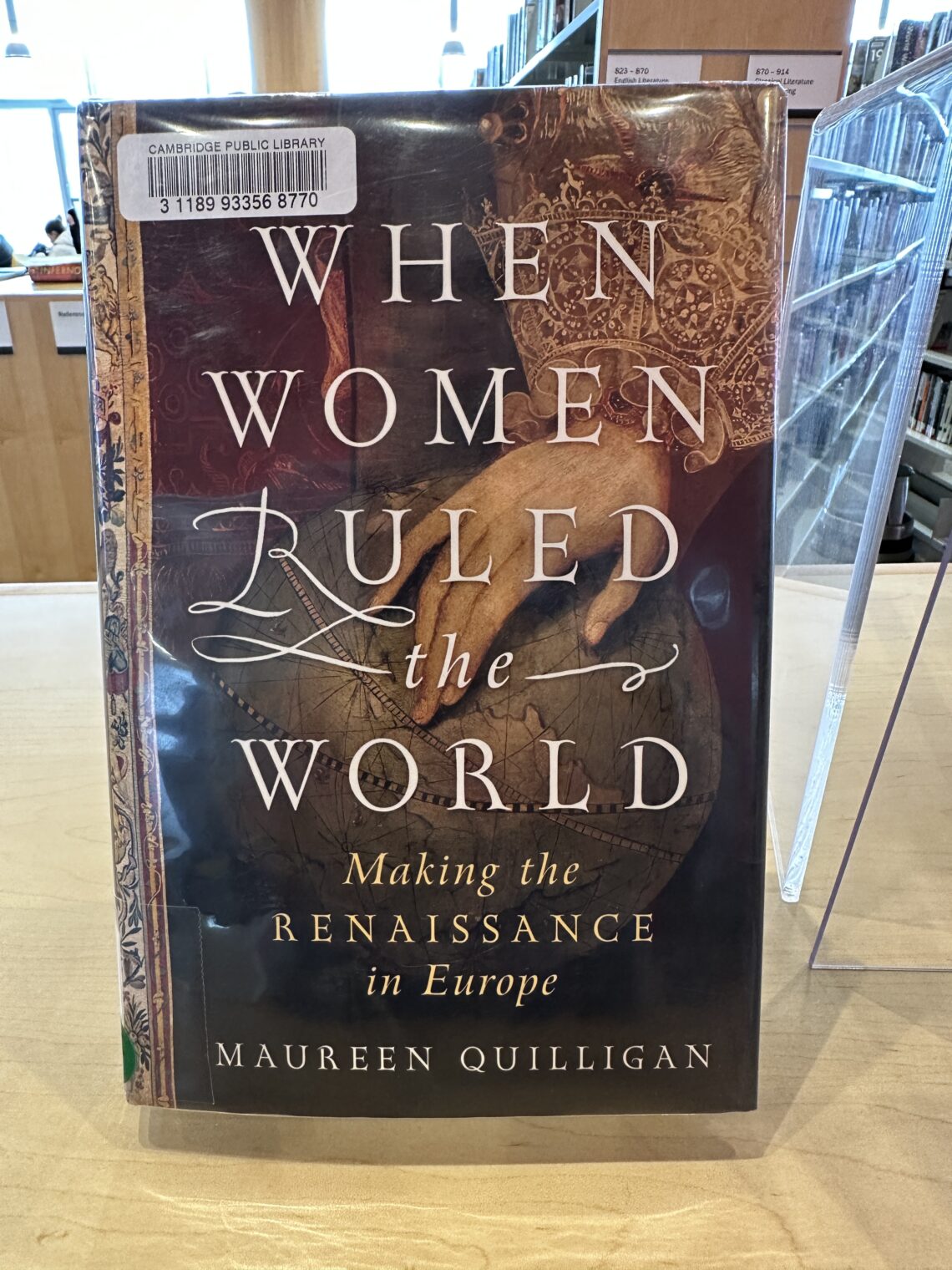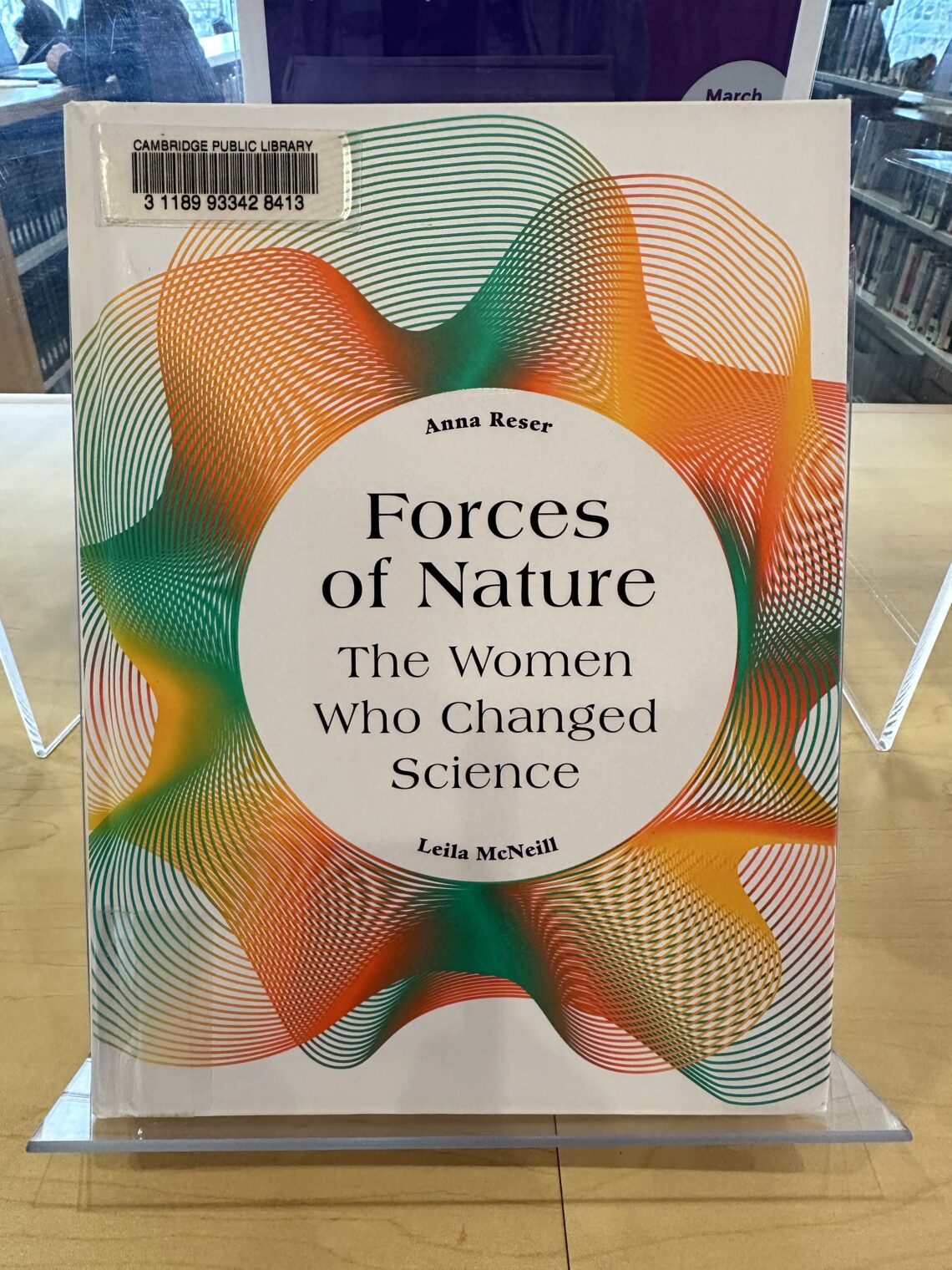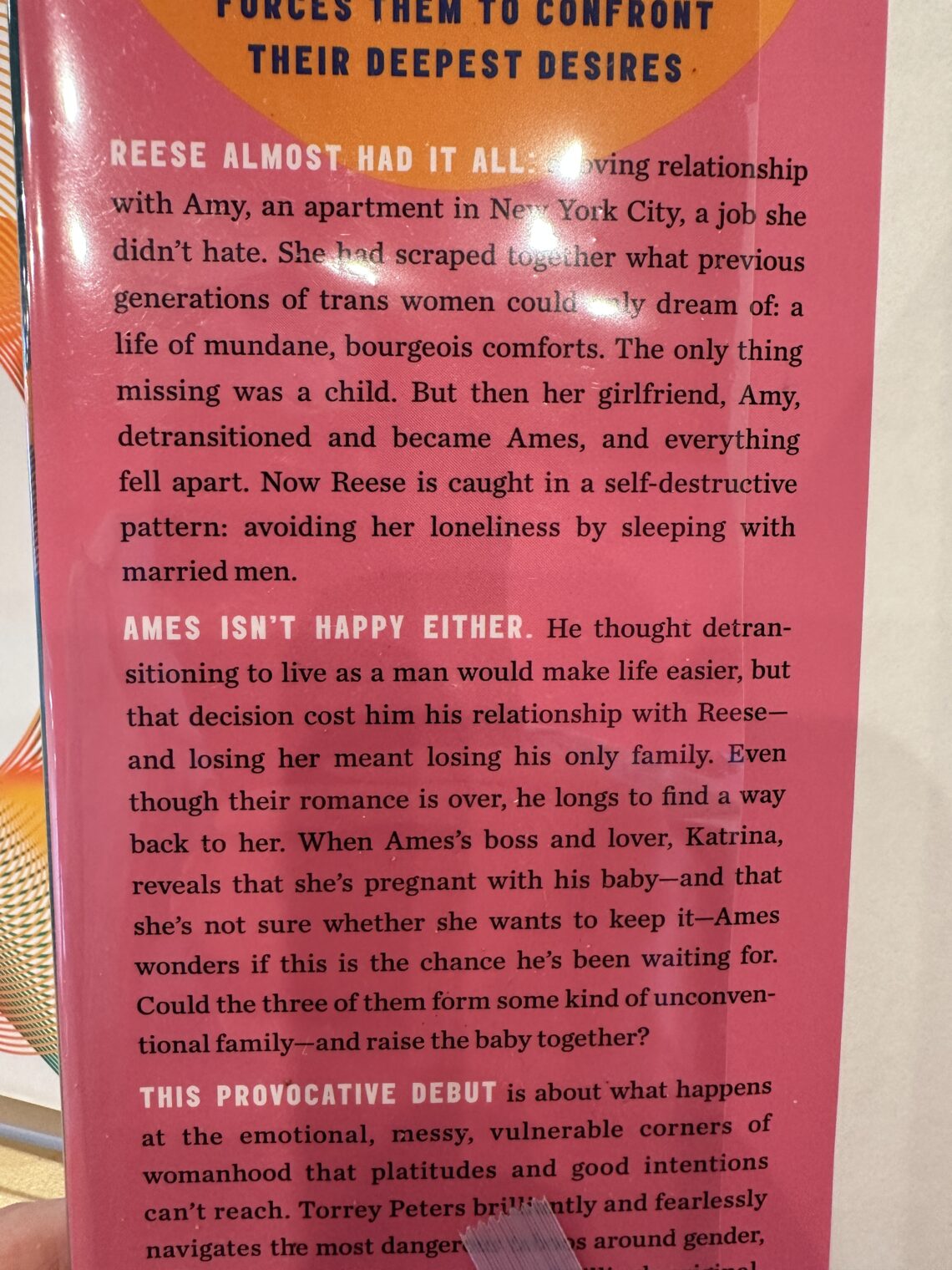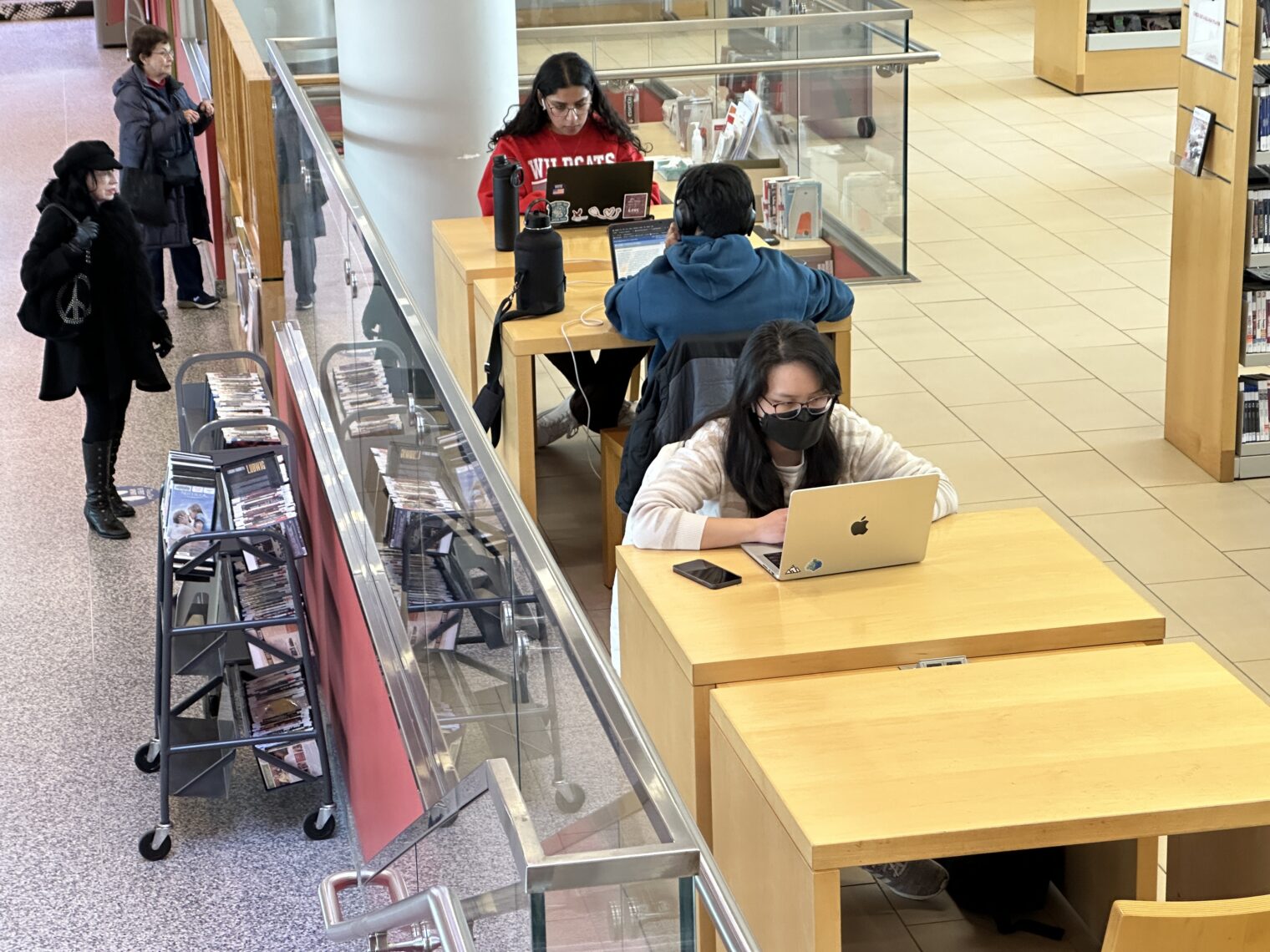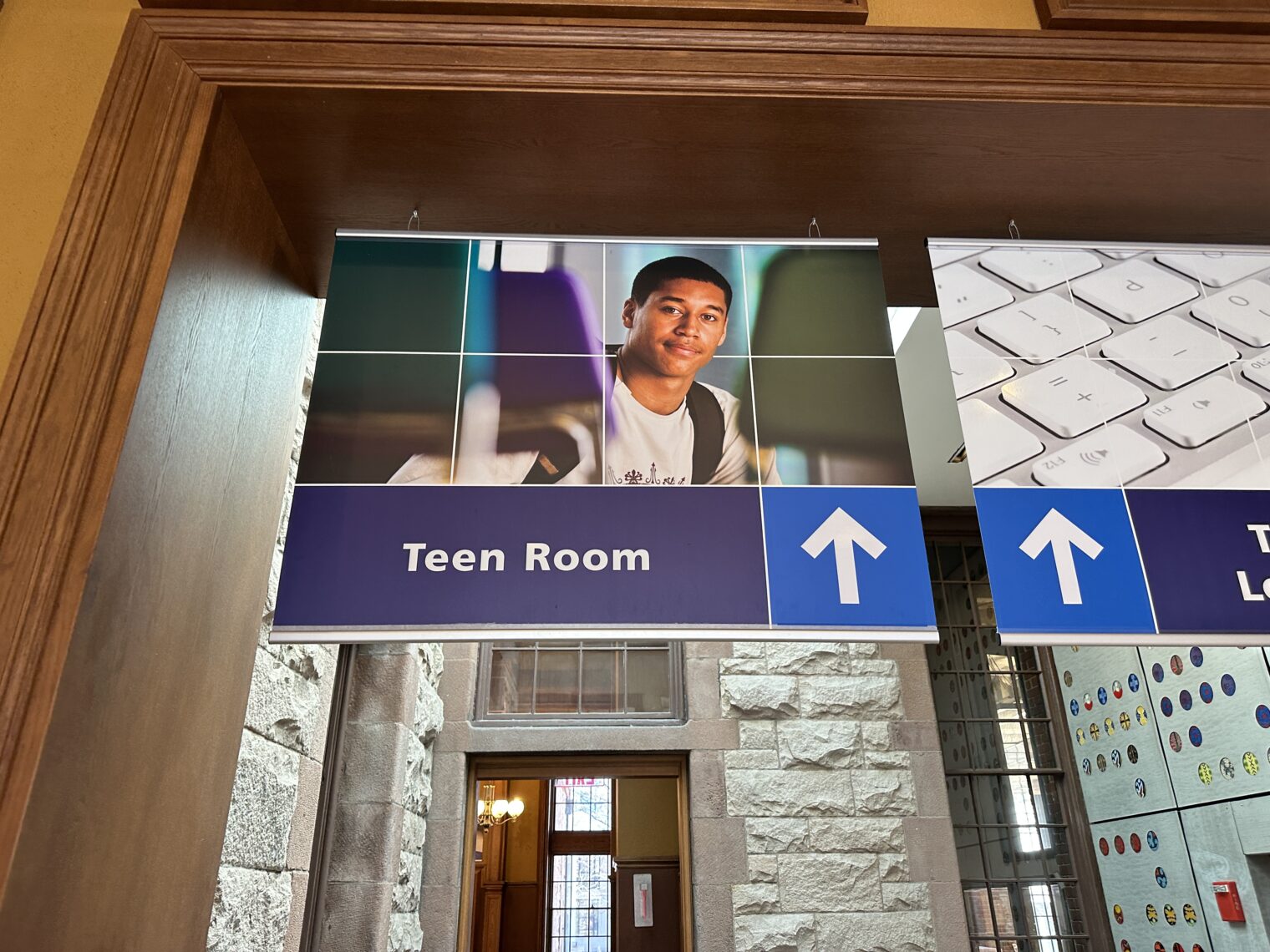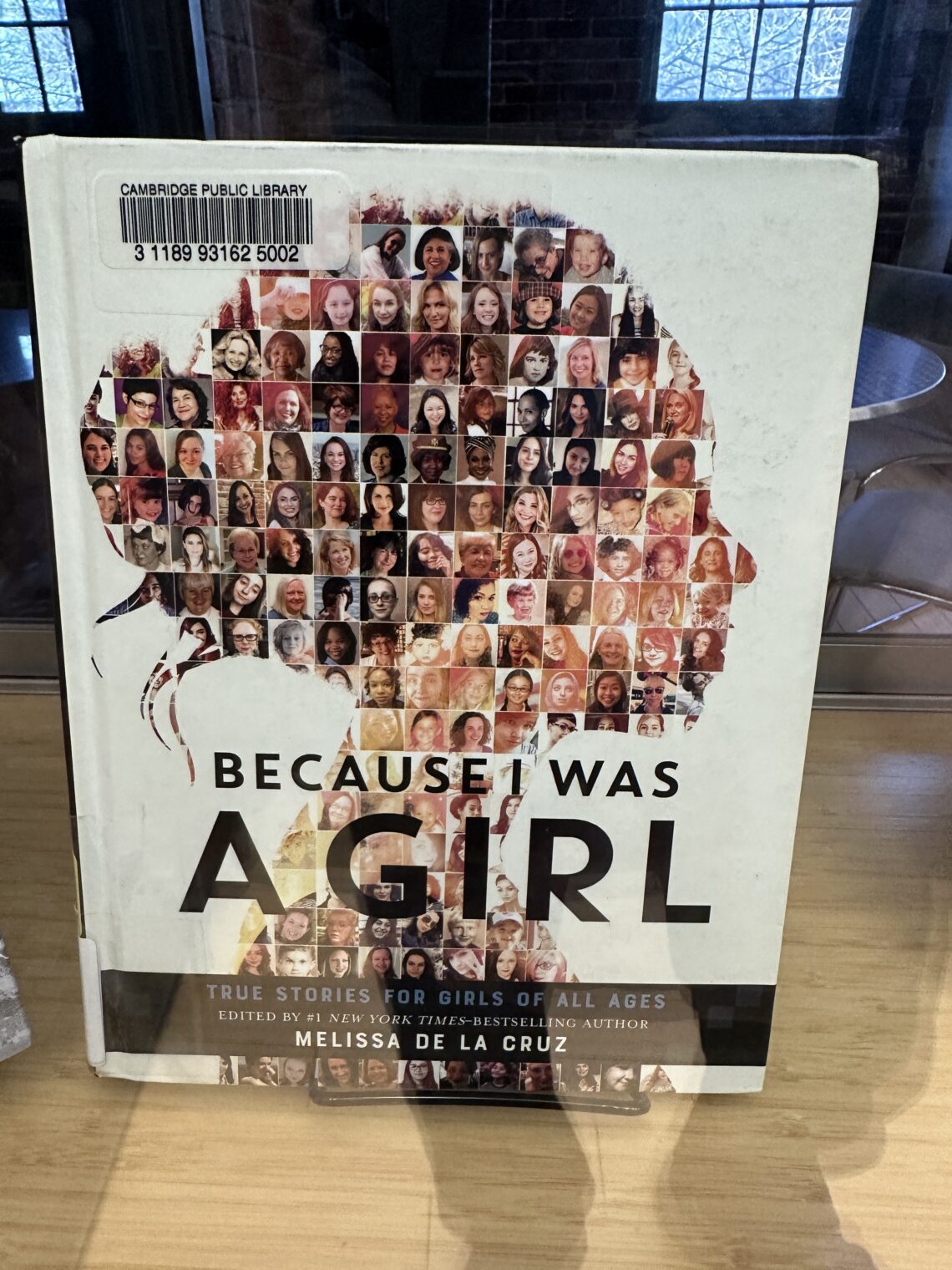I have begun to read The Courage to Be Free: Florida’s Blueprint for America’s Revival, despite my general aversion to this genre of literature. I consider reading Ron DeSantis’s book to be a duty both as a blog publisher and as a new Floridian. Progressive academic friends in Cambridge feel that they already know Mr. DeSantis. One noted, during my most recent visit, that DeSantis is responsible for importing slaves into the United States to pick sugar cane. “They come on boats in chains,” he said, “and aren’t paid.” Why don’t journalists from New York-based media enterprises ask Mr. DeSantis about his slave importation operation at press conferences? “They know that he won’t answer.” Why didn’t the progressive himself go down to Florida and picket outside the Governor’s Mansion for the slaves to be released? He’s a member of the laptop class and can work from anywhere. He couldn’t explain why he wasn’t willing to invest the price of a plane ticket to protest the actual slavery that he has identified on U.S. soil.
For folks who don’t feel that they already know everything worth knowing about Ron D, read on…
The book starts out rough, in my opinion:
Most Americans instinctively know that something has gone wrong with our country over the past generation.
How is Ron going to win with this message? Successful politicians generally tell Americans that they are the world’s greatest people living in the world’s greatest (and richest) country. A vote for the politician is a path to slightly increased greatness, not a recovery from a nosedive. The language gets a little softer later in the introduction:
Our nation needs immigration policies that recognize and enforce the country’s sovereignty, not just by having a wall at the southern border but also by quickly repatriating those in the country illegally. An erroneous claim of asylum should not give a foreign national a ticket to settle in the interior of our country. Nor should the legal immigration system have policies such as the diversity lottery and chain migration; instead, the immigration system should be merit-based; favor assimilation, not mass migration; and be geared toward benefiting the wages of working-class Americans.
Ron D will not deport migrants, but repatriate them.
Looking for useful life advice?
People often talk about the need for a student-athlete to “balance” the demands of the classroom with the requirements of sports. For me, I rejected the idea that I would strike a balance between academic achievement and athletic success, because I was not willing to give less than 100 percent to either baseball or my academics. So instead of balancing, I just did everything to the hilt and let the chips fall where they may.
He gave 110 percent while at Yale, in other words? Or 200 percent? I am not sure how to put this into practice since my capacity is about 50 percent on my best day.
We learn about Ron and Casey’s working class and military roots. Ron worked during high school and college, e.g., for an electrical contractor, while Casey’s sister was a USAF C-17 pilot. (Even today, the DeSantis family has minimal wealth.) Ron’s own military service made him skeptical of America’s recent war aims:
It was just as obvious that we would not succeed in establishing a pro-American, Western-style democracy in Iraq. This was simply outside the capability of any military force to achieve. The cultural differences were too vast for Iraq to embrace Madisonian constitutionalism. In fact, the Iraqis considered “freedom” to be submission to sharia law, not the enactment of a liberal democracy.
(The U.S. would be a lot friendlier to the immigrants that we claim to welcome if Michigan and Minnesota adopted sharia law. Why should Muslim immigrants, many of whom are asylees or refugees who are fleeing violence, have to accept a debauched society? They didn’t come to the U.S. because they love the way that the U.S. is, but because they would have been killed if they had stayed in their home countries.)
Ron was inspired by Barack Obama:
Once I left active duty, I began to think more and more about how our country was moving in the wrong direction, especially under the leftist agenda of the Obama administration.
What did he learn as a Congressman?
Ingrained in Beltway thinking is a contempt for average voters, particularly voters who reject leftist ideology.
That’s certainly consistent with my experience of D.C.! Also, Ron turns out to be one of the few Representatives who actually reads the bills.
The book does get more substantive. Leafing through, I found the following, for example:
Our reforms included protections for political candidates against being deplatformed, which is a way for Big Tech to interfere in elections. What is stopping Big Tech companies from shutting off Republican candidates from social media platforms during the stretch run of an election? If someone hosts a get-together for a candidate and provides refreshments, that must be accounted for as a campaign contribution, yet a tech company can upend an entire candidate’s campaign, and that is somehow not considered interference with an election. The reforms also included transparency requirements for the social media companies’ content moderation policies, and required that users be given notice of changes to those policies. The opaqueness of how Big Tech arrives at its censorship decisions means that it is easy for them to move the goalposts to stifle views the industry does not like.
I’m actually surprised that Twitter, Facebook, and Google allow Republican candidates to use their platforms at all. Any of these firms could cite the following analysis of the January 6 insurrection and say that it wasn’t safe to allow Republicans to speak.
I hope that some readers will read along with me!
So far I’m dismayed that Ron hasn’t adapted his message to be more like conventional politicians’. Crushing it in Florida against an all-abortion-care-all-the-time fossil does not mean that he can crush it with voters nationwide in 2024. Americans in general are the most timid and compliant humans ever to occupy this planet. The Floridians who wanted the freedom to leave their houses, breathe without masks, send children to school, not inject their children with experimental drugs, etc., are outliers on the spectrum of American cowerhood. Young/cognitively sharp/competent/energetic/effective sounds good, but Americans in 2020 chose a new president who does not have any of these qualities.
Full post, including comments 


